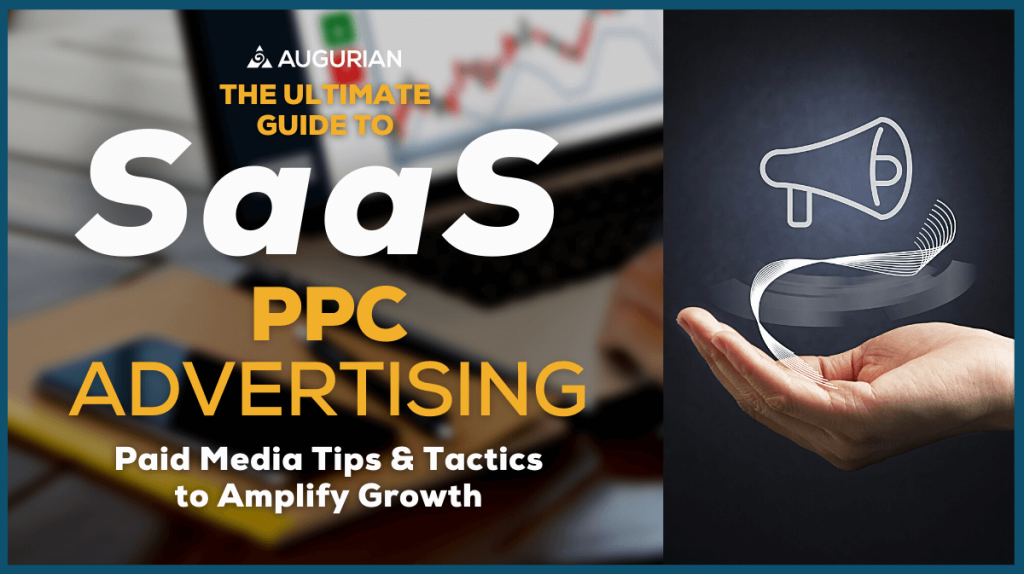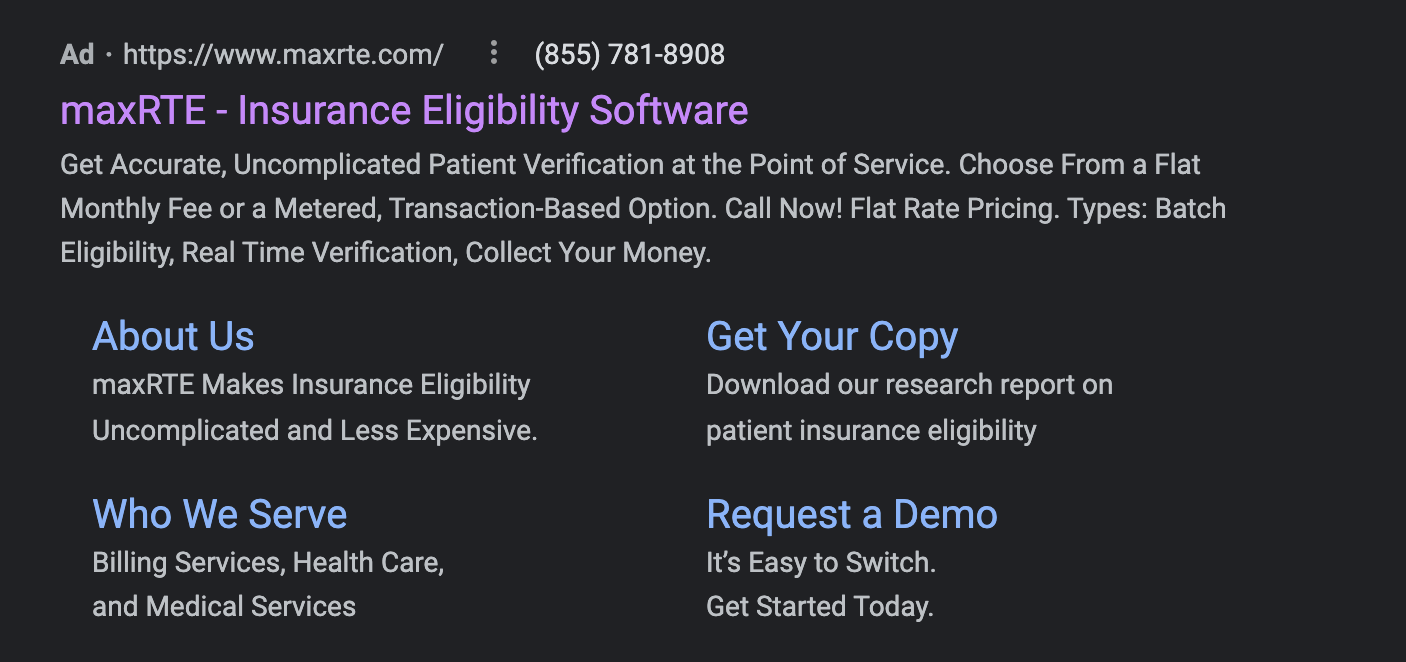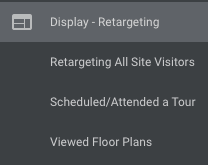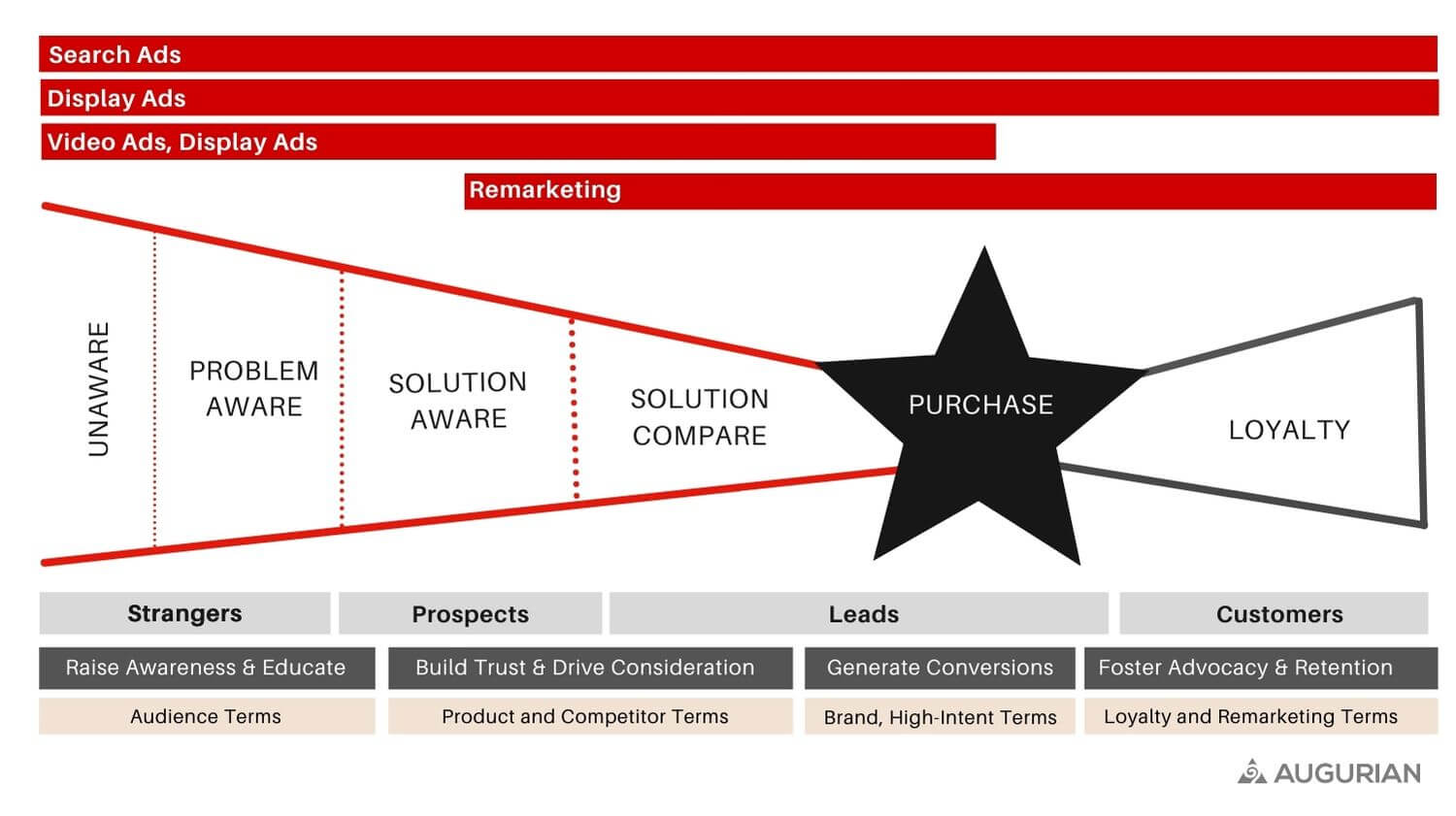All companies face challenges with their PPC advertising campaigns, but SaaS companies face these to the extreme. SaaS PPC is a beast, often facing well-funded competition, high cost, and the pressure of extreme growth. Here is our complete guide to SaaS PPC Advertising.
With this complete guide to SaaS PPC Advertising, you’ll better understand why PPC is such a critical component of a SaaS company’s marketing strategy and how to best optimize your SaaS PPC strategies.
Here’s what we plan to cover in this complete guide:
- What is PPC Advertising?
- Why SaaS Brands Need PPC
- Reasons Why PPC Campaigns Fall Flat
- Proven PPC Strategies and Best Practices
- The PPC Optimization Process
By the end of this SaaS PPC guide, we hope you gain a deeper understanding of critical PPC strategies, especially for SaaS, that will help you take your SaaS campaigns to the next level.
What is PPC Advertising?
If you’re looking for a PPC definition, keep on reading. PPC (Pay-Per-Click) is an advertising model that operates with the understanding that an advertiser pays each time an individual interacts (whether that be a view or a traditional click) with one of their ads. PPC advertising is now considered to encompass traditional paid search ads (ads seen in search results), paid social ads, and display ads.
As a digital advertising strategy, PPC is hugely important because it allows you to gain immediate website traffic and awareness in your specific vertical. In addition, the immediacy and control of your PPC strategies will enable you to buy your ads in a very targeted manner, optimizing them to align with your overall business objectives.
The 4 Most Common Types of PPC Ads
There are many different types of online advertising, but the most common types are search, display, social, and remarketing ads. They differ in what an ad looks like, how you’re able to target your prospects, and how you can optimize your campaigns.
- Search ads are ads that appear within the results on a Search Engine Results Page. They typically appear above and below the organic search results on a given page. Different ad extensions can provide these ads with a unique look and feel to their free counterparts. These ads appear when a user searches.
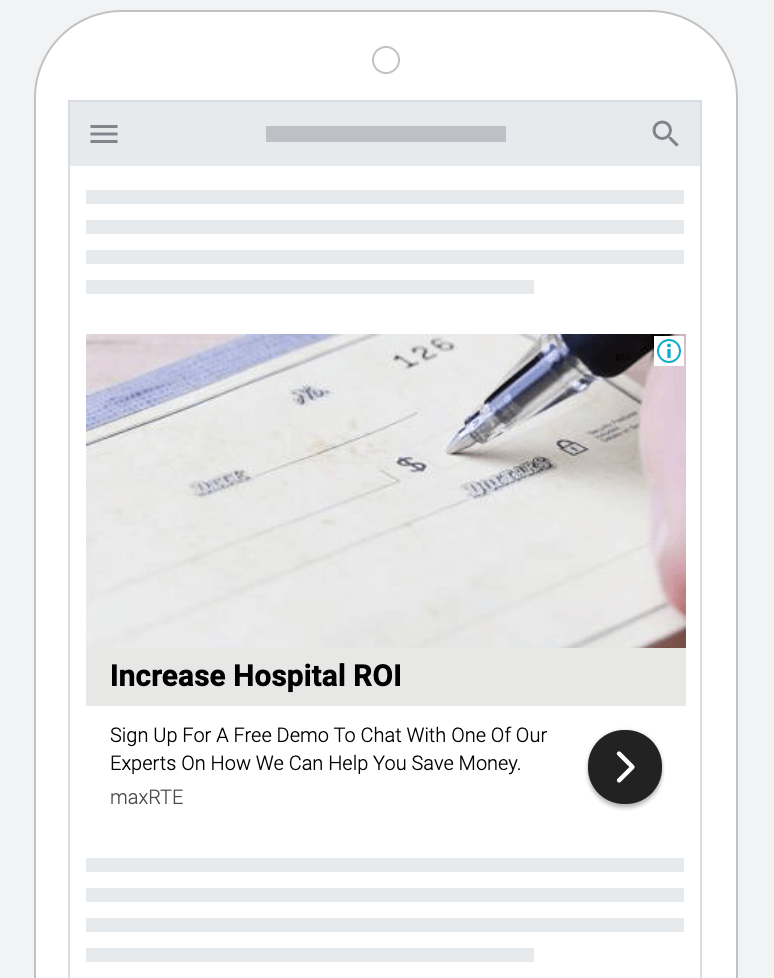
- Display ads are creative advertising assets that appear on websites. They are part of differing display networks, with inventory across the internet. These assets utilize imagery and text to provide awareness of a product or service with audience-based targeting without searches.
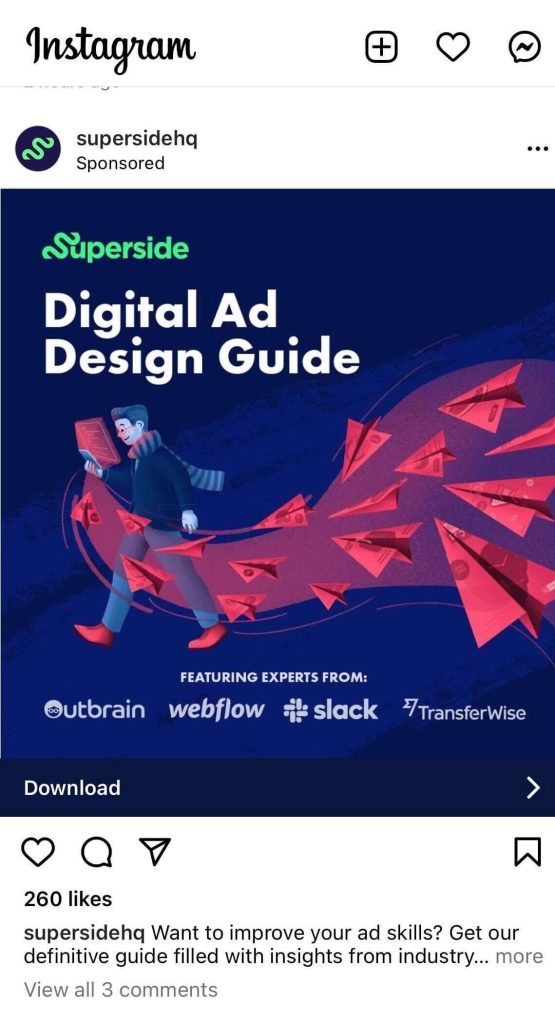
- Social ads consist of video, text, and image-based advertising served on social networks. Predominant social advertising platforms include Facebook, Instagram, LinkedIn, Twitter, Reddit, Snapchat, Quora, etc. Advertising is served on these platforms predominantly through audience-based targeting without searches.
- Remarketing ads for SaaS (sometimes called retargeting) could be served across any of the networks mentioned above. Their primary use case is to reach people who have already shown interest in the product or service and push them further down the funnel.
Top PPC Ad Networks
For SaaS Brands, there are specific PPC ad networks that routinely lead to significant ROAS on SaaS advertising campaigns. An ad network is a company that holds inventory for advertisers hoping to reach their intended audience. This inventory can come in different forms, which we will outline below.
- Google Ads is the top PPC advertising network. The network consists of two primary components: Google Display Network and Google Search. Because of its broad reach and intent-driven searches, it’s a top PPC network for SaaS companies. Google Ads SaaS campaigns can target searches around problems their product solves or purchase display inventory on a site their target audience frequently visits.
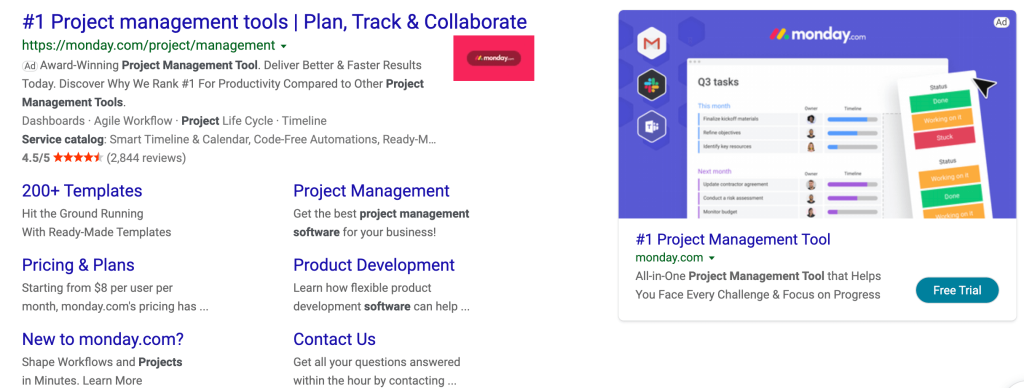
- Microsoft Ads (formerly known as Bing ads) is an ad network that serves ads within the Bing search engine. It is critical for SaaS PPC because it reaches a different audience, specifically those utilizing the Microsoft suite of applications and utilizing Microsoft Edge as a browser. Within Microsoft Ads, LinkedIn job targeting can be integrated, which could be especially important for B2B SaaS companies.
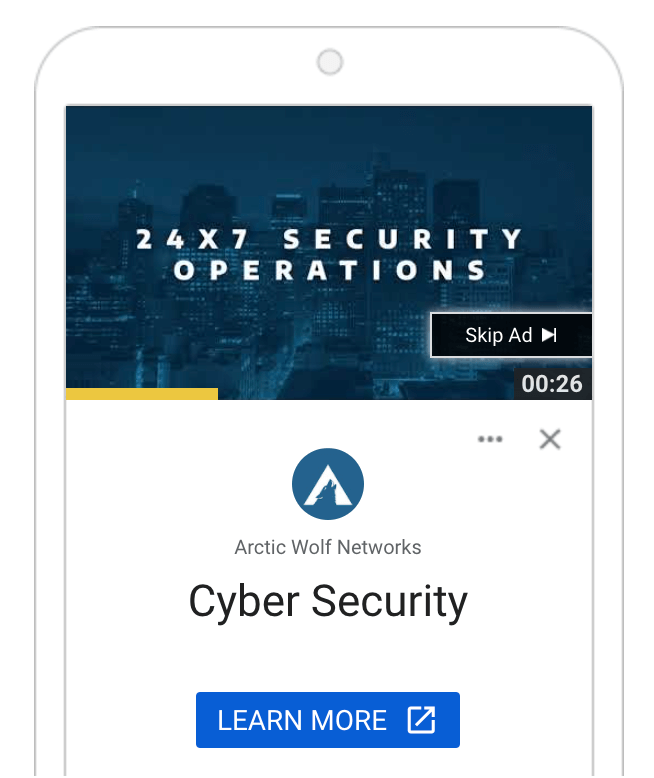
- YouTube is a video-based ad network that belongs to the Google family. It is a perfect fit for SaaS companies with high-quality video assets. Youtube ads have great potential for success because a complex product or service is often better described with a video than in a text or image ad.
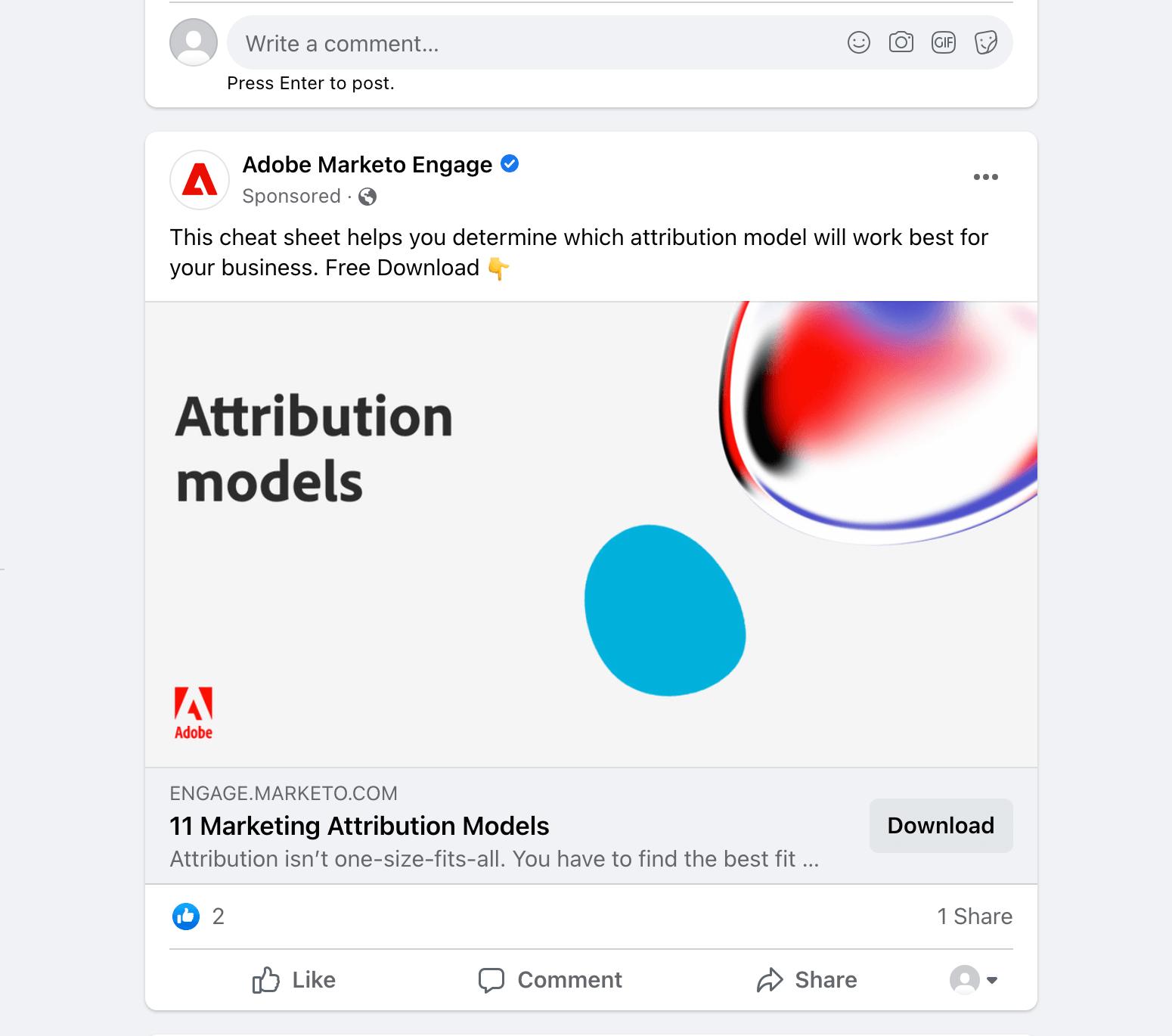
- Facebook’s ad network allows you to show image & video ads within Facebook, the top social networking site in the world. It’s an excellent fit for SaaS brands as you can target someone based on job titles, interests & lots more.
- You can also purchase ad inventory on Instagram via Facebook’s ad network. Instagram users skew slightly younger, which could be perfect for certain SaaS companies. All of the targeting options available for Facebook ads are also available for Instagram ads.

- LinkedIn’s ad network allows you to show ads on LinkedIn, the social network where adults network professionally. Using LinkedIn Ads for SaaS advertising is often impactful because it can offer the most granular job-related targeting. You can reach a group based on their job title, their company, their company size, & more.
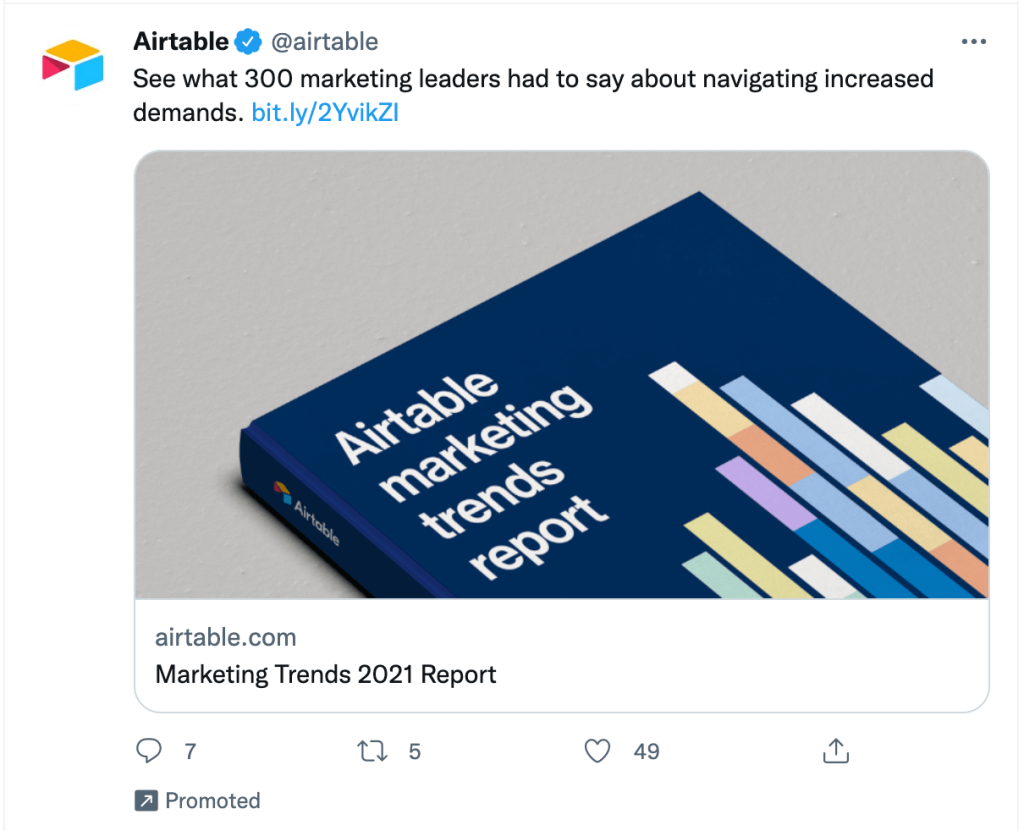
- Running ads on Twitter’s ad network can be an excellent fit for a SaaS brand that wants to spark discussion. Twitter is also one of the largest social networks, and its ads can drive supplemental free clicks if users share and comment on an ad.

- Quora is a social network where users ask questions and provide answers. Advertisers can show ads as native posts on specific themes or questions. Native ads can be a crafty SaaS advertising strategy for complex and frequently questioned products.
Why SaaS Brands Need PPC
SaaS brands are quite different from other industries and need to tailor their marketing efforts accordingly. They often offer a new product to the market; they provide a possible solution to problems that people didn’t know existed. As people become less interested in trade shows and in-person events, SaaS companies need to adapt. PPC advertising is a way to explain these unique concepts to a specific audience that could benefit from them in a very targeted and trackable manner.
The Benefits of Paid Media for SaaS
Compared to traditional marketing, there are so many more benefits of digital advertising for SaaS companies. We would probably all agree that having more data helps us make more informed decisions. Every decision is fully informed by tons of easily trackable data when using targeted digital advertising.
Here are a few other main benefits:
- Often lower cost per lead
- Reach unique groups of people
- Customize your message for each audience
- Nurture leads within your funnel
- Track exactly how each lead found you
Reasons Why SaaS PPC Campaigns Fall Flat
There are many reasons why PPC campaigns can fail, but most of them stem from a lack of research or platform knowledge. These common mistakes should help you learn how to advertise SaaS brands and avoid harmful ad fraud.
Starting the Wrong Conversation at the Wrong Price
A common problem is that many people begin advertising for SaaS companies without doing the necessary research. Some start out way too broad, which can get expensive quickly without seeing the results needed. Some start out way too specific and do not know why their efforts have little impact on website traffic. It can be challenging to estimate the amount you need to spend without initial investigation.
In general, start by aiming for the people closest to the bottom of the PPC marketing funnel, and then expand after you see success. Build a plan before diving into it. Use Google’s Keyword and Reach Planner tools to understand the budget and bids you need to drive a positive return.
Failing to Justify Results
It’s imperative to track conversions, or important actions on your website, within ad platforms before you launch any ads. Tracking conversions allows the platform’s algorithms to optimize towards reaching the most likely users to complete the conversions.
Unfortunately, it’s common not to know how to set this up – or not know what to track. One example of a conversion you do NOT want to track is page visits on the landing page used in ads, which will inflate your conversions and conversion rate.
There will always be a variety of important actions on a website, but you want to define which actions are most likely to turn into a purchase or retained client over time. Those are your most valuable conversions.
Addressing the Wrong Pain Points With Prospects
Another common mistake is when a practitioner focuses on optimizing their ads when the actual problem lies within the website’s usability. You could drive tons of highly qualified visitors to your site with great ads, but if they struggle to fill out a form or make a purchase, you won’t be very successful.
For example: If you hope that a prospect will come to your site and fill out a form to request a demo, you need to ensure that the form is brief, that it’s easy to navigate, that the site loads quickly, and that they have all the information they need to trust in your brand.
Proven PPC Strategies and Best Practices
Follow along to read through our best practices for SaaS PPC advertising. In addition to these proven PPC strategies and best practices, you should always measure essential SaaS metrics such as ARR, MRR, churn, and others.
Establish a Baseline to Measure Performance
Defining a baseline KPI (key performance indicator) as you run PPC ads is essential. This way, you can start strongly with your goals in mind and be ready to determine if your efforts are successful or not.
Below are a few calculations you can use to define how much you should spend, how many clicks you’d like to get, and how much you want to pay for each demo. The third metric is an excellent example of a KPI to measure success. You can replace a demo with any of the crucial actions on your site: conversions.
- Calculate Total Ad Budget: Total Ad Budget = Target Number of Closed Deals Per Month x Target CAC (the amount you’re willing to pay for a new customer)
- Calculate Number of Clicks Needed: Clicks Needed = Demos Per Month Needed (Closed Deals Per Month / Conversion Rate) / Visitor to Demo Conversion Rate
- Calculate Baseline Target Cost per Demo: Target Cost per Demo = Total Ad Budget / Demos Needed
Leads Should Inform Your Ad Copy
The quality of your ad copy will significantly impact the effectiveness of your PPC campaigns. Ad copy that aligns well with your target market’s mindset will lead to a higher CTR and (therefore) more clicks. It’s essential to put yourself into the prospect’s mind – who they are, what they want, what fuels them, etc. Empathizing with them will help you craft ad copy that people want to click.
If the ad copy aligns with the keywords you’re using, you’ll be able to drive up CTR. If the ad copy aligns with your keywords AND the landing page you’re using, you’ll be able to drive up the conversion rate too.
Establish Yourself As a Trustworthy Source
Since there are so many competitors within the SaaS industry, it’s vital to establish trust with prospects through every interaction you have with them. Make sure your website provides all of the information someone would need to choose you. Display reviews, previous clients, and any recognition your company has gained in the past.
In your ad copy, explain why your company is different and how you can help prospects with their current problems. Even though you have limited characters in ads, mention quotes from happy customers, publications you appeared in, or case studies you’ve completed.
Focus on these themes in your ad copy:
- Explain what your company does
- Outline what you’re about
- Detail how you can help
- Why they should trust you have the tools they need
The PPC Optimization Process
It’s imperative to focus on the campaign optimization process continually. As competitors enter and exit the market, your campaign performance may shift. You can add those PPC strategies to your core practices as you learn what is consistently working best. But don’t stop there – it’s always key to be running “edge” tests. Testing new strategies could lead to failure, but the winners can strengthen and expand your core.
Explore three more ideas to improve SaaS marketing.
Increasing CTR Should Be Priority Number One
CTR, or click-through rate, is calculated by dividing the number of clicks by the number of impressions. For paid search campaigns, if you can increase the rate at which people click on your ads, you should achieve lower CPCs than competitors. As your CTR increases and you’re able to drive more qualified traffic to your website, that could turn into leads.
The best practice to increase your CTR is to make ads as relevant to the audience viewing them as possible. Unfortunately, it isn’t easy to estimate what will be most suitable for your audience, so we recommend testing variations of your ads to see what drives the best CTR. For display, video, and social ads, this means testing out different images, colors, and sounds. For search ads, it’s key to use multiple ads per audience to see which pieces of text perform better.
Avoid Ad Fatigue By Refreshing Ads Frequently
Ad fatigue is when an audience sees your ads too frequently, which usually leads to them losing interest in your brand. Ad fatigue can especially happen in display and social advertising when your campaigns target a small group of people with a larger budget. If this occurs within one of your campaigns, you may notice CTRs decreasing as everyone in the audience begins to see the same ads repeatedly.
You can avoid ad fatigue by making minor adjustments to ads every month, like swapping out pieces of text and images or adding in seasonal details. You can also monitor how many times each unique person sees your ads by watching “ad frequency,” a metric within all of the top PPC advertising networks.
Add Negative Keywords and Audience Exclusions (and Reduce Ad Spend)
This may be the most practical way to ensure you spend your money most effectively. Negative keywords are phrases you do not want your audience to search for to find your brand. For example, if you sell online math education software for kids and don’t want the search “calculus classes online” to trigger your ad, you would add “calculus” as a negative keyword.
You should also exclude specific demographics from seeing your ads, especially if they will not likely bring you revenue. For example, you may want to exclude people aged 18-24 from seeing your ads for online math education software for kids because they are too old for the product but too young to have children in the market.
Frequently review the search terms, demographics, and audience info the ad networks provide. Exclude the groups and phrases that are driving low CTRs and conversion rates.
Competitive Market? Spend More on Top and Middle Funnel Advertising
Search campaigns are often placed at the bottom of the funnel, as the people searching are already problem or solution-aware – meaning they are motivated to seek information around their problems or how solutions might address them. Many competitors are bidding on the same keywords as you in a competitive search ad market, which drives up the average CPC (cost per click). When forced to spend $20+ per click, you can spend your monthly budget within a few days with minimal results.
Being in a competitive search ad market is a good time to look at the top and middle of the PPC marketing funnel, which often refers to display, video, or social ads. Here, the existence of competitors does not drive up CPCs by nearly as much since there are endless options of how to target people on these platforms. Reach new people by testing the audiences that platforms provide. Drive them back to the site using remarketing.
Low Competition Market? Outbid Competitors for Engaged Users
Start with paid search advertising strategies if you are not dealing with high CPCs in search campaigns. The people who are most likely to take action on your site are the ones already searching for your product (or brand.) Therefore, when there is low competition especially, you will almost always see the highest return on investment come from paid search.
Set your bid strategy to outbid competitors if you find yourself in this situation. When you have a higher bid, your ad will show above competitors’ ads more frequently, driving a significantly higher CTR. Even if you have to pay for a higher CPC, getting high-quality traffic to your website should improve business results.
Grow Your SaaS BranD WITH Proven PPC Strategies for SaaS
All in all, with today’s communication turning increasingly digital, SaaS brands need to look to digital marketing to stay relevant in the market. With a defined PPC strategy and well-designed website, brands can see a strong return on their investment. However, SaaS campaign management can be a disaster without the proper training, resources and background.
Augurian has been a PPC agency driving success for SaaS brands for years.
Working with a digital marketing agency can help you see significant results without wasting time and effort. If you’re thinking about partnering with an agency, you may be asking, “How can I possibly choose between the top SaaS advertising companies?” Sign up for the SaaS Scoop for the latest ideas to help.
Explore more SaaS marketing resources and insights to take your company to the next level:
- 4 Tactics for Building a SaaS Marketing Strategy
- SEO for SaaS: A Growth Strategy Guide
- How marketing SaaS is totally different
- Augurian’s Annual SaaS Marketer’s Confidence Report
- Marketing Director’s Guide to Maximizing Your Google Ads Budget - April 10, 2024
- From eCommerce to B2B: Unpacking Google Ads Pros & Cons by Industry - April 1, 2024
- A Quick Guide to Google Ads Conversion Tracking - April 6, 2022
